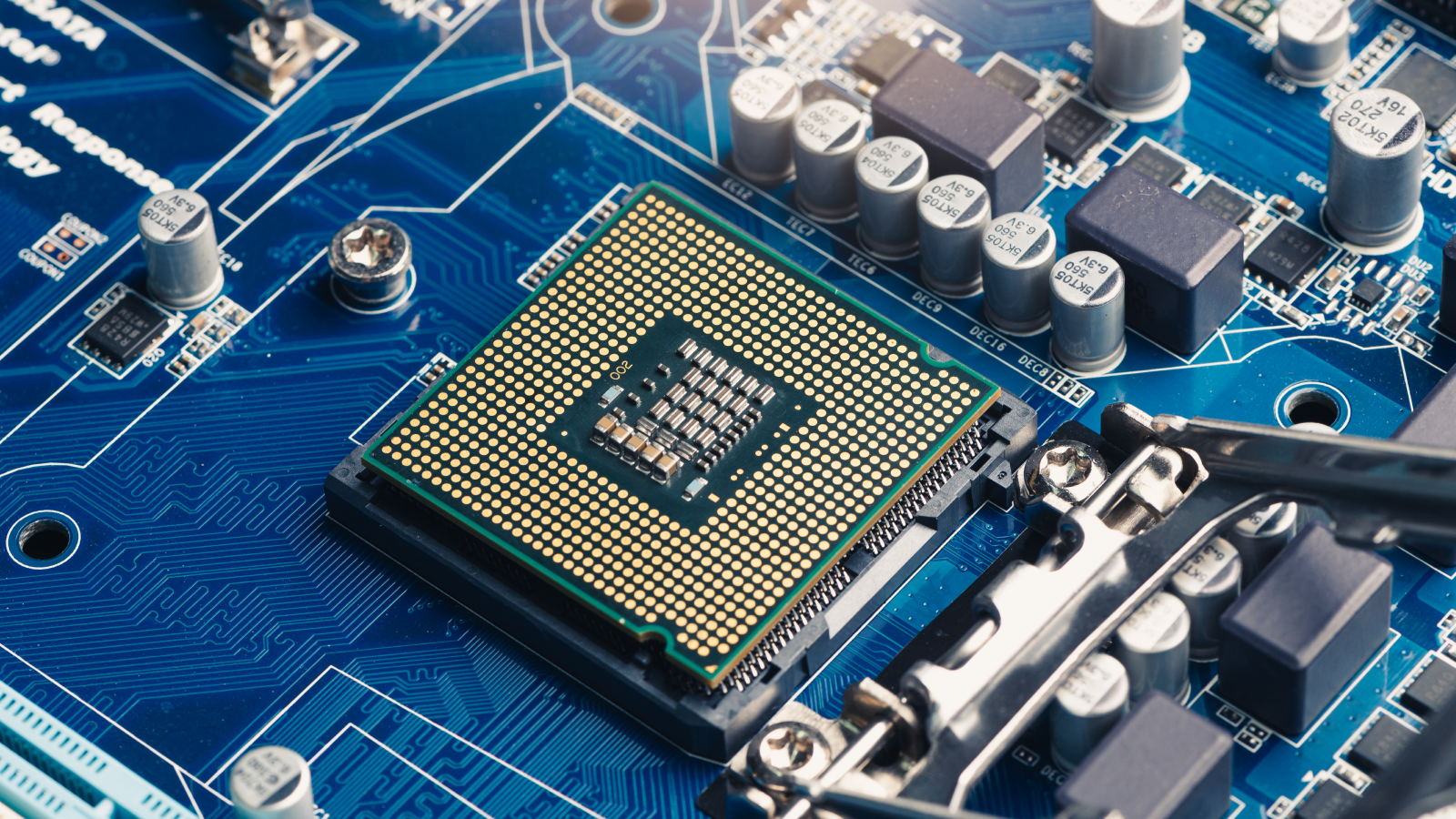“The new device is built from arrays of resistive random-access memory (RRAM) cells… The team was able to combine the speed of analog computation with the accuracy normally associated with digital processing. Crucially, the chip was manufactured using a commercial production process, meaning it could potentially be mass-produced.”
Article is based on this paper: https://www.nature.com/articles/s41928-025-01477-0



What does this mean, in practice? In what application does that precision show its benefit? Crazy math?
Every operation your computer does. From displaying images on a screen to securely connecting to your bank.
It’s an interesting advancement and it will be neat if something comes of it down the line. The chances of it having a meaningful product in the next decade is close to zero.
They used to use analog computers to solve differential equations, back when every transistor was expensive (relays and tubes even more so) and clock rates were measured in kilohertz. There’s no practical purpose for them now.
In cases of number theory, and RSA cryptography, you need even more precision. They combine multiple integers together to get 4096-bit precision.
If you’re asking about the 24-bit ADC, I think that’s usually high-end audio recording.